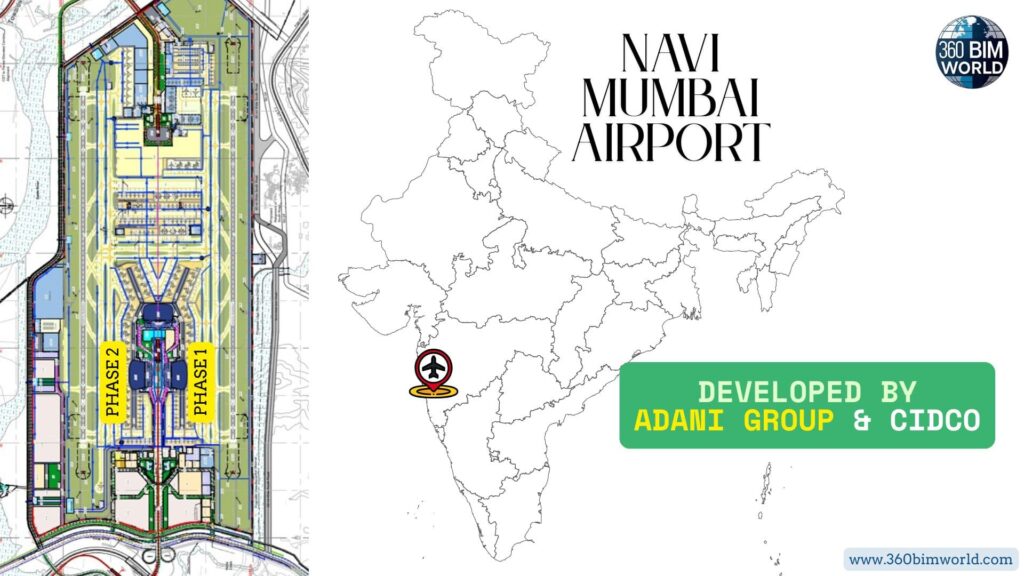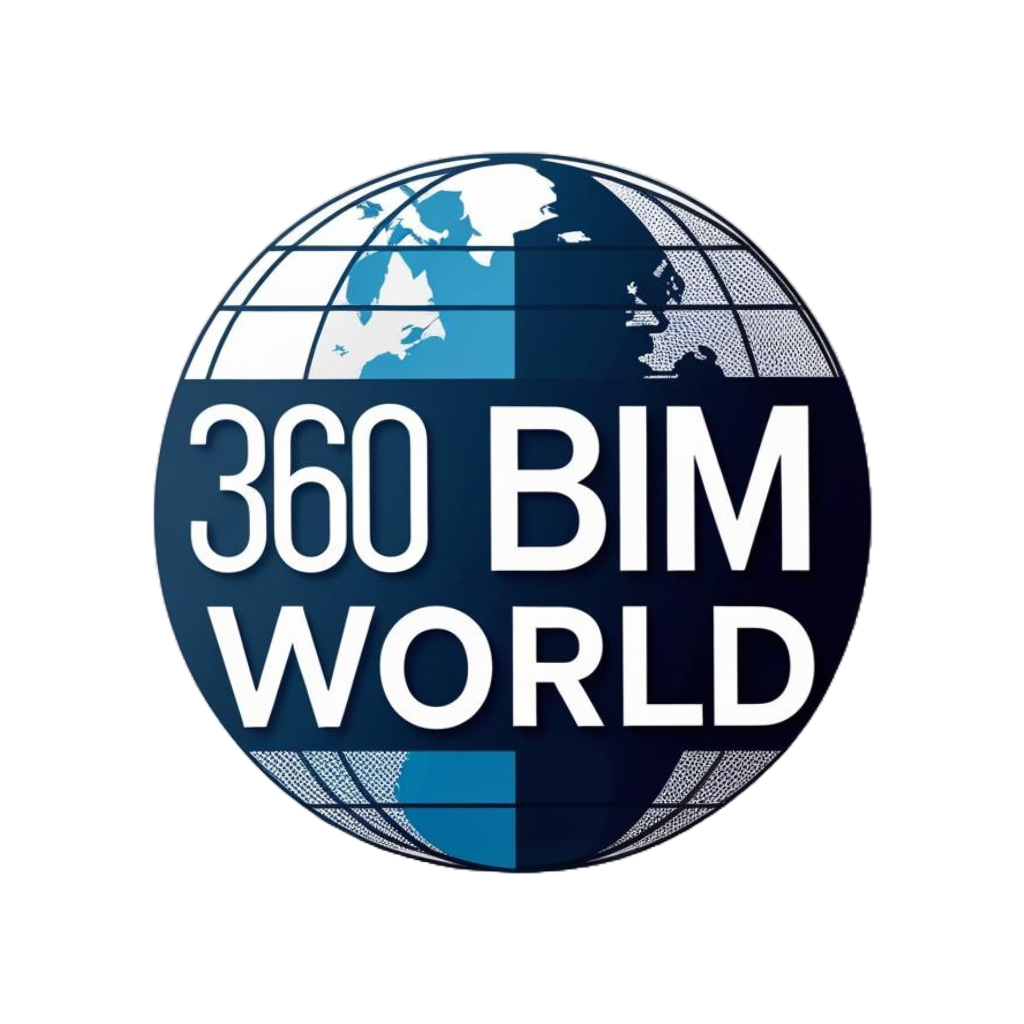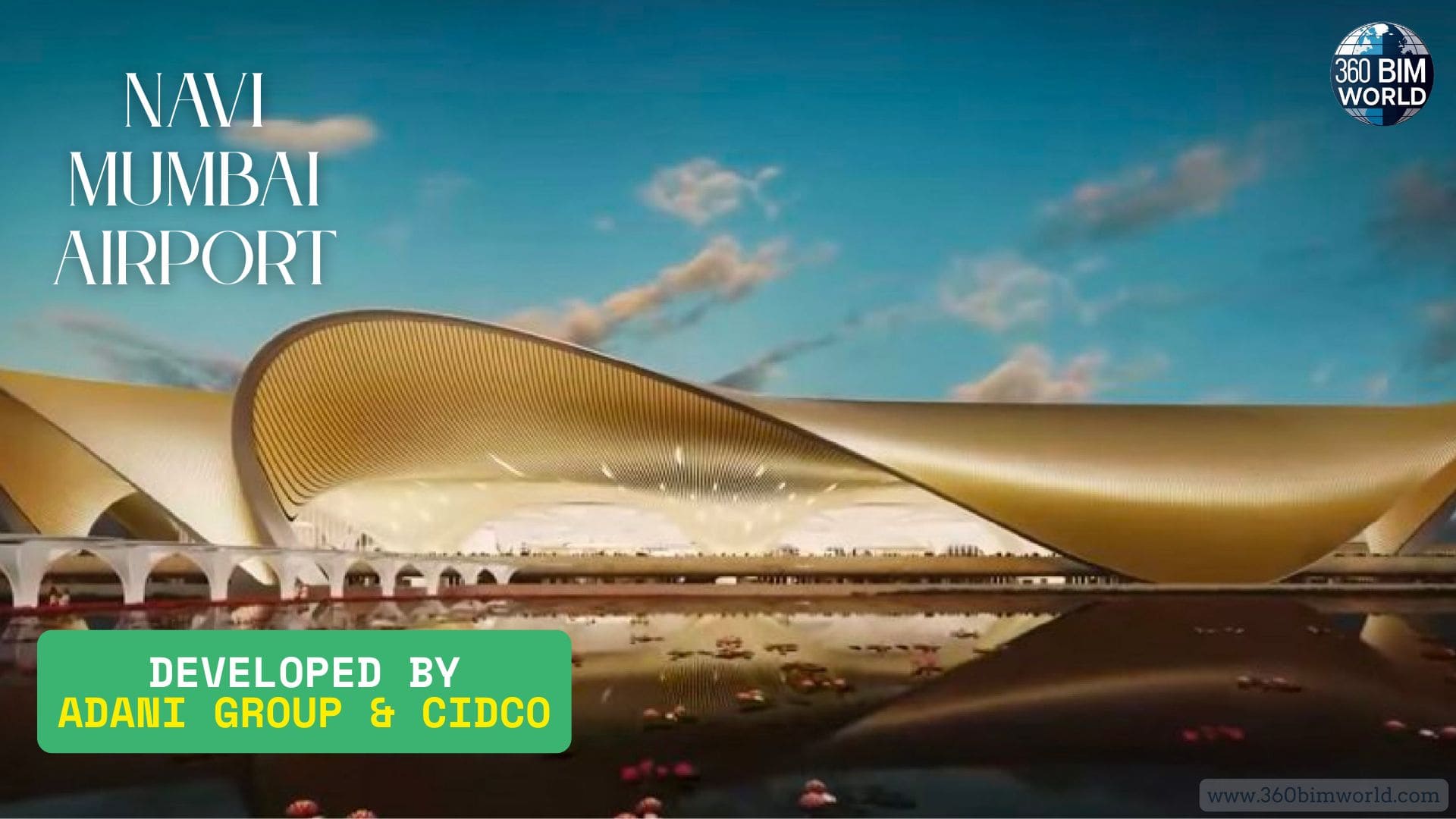Navi Mumbai International Airport (NMIA) Set to Open in 2025 – Features, Impact & Travel Benefits
Navi Mumbai International Airport (NMIA) is set to become India’s most advanced greenfield airport, transforming air travel for the Mumbai Metropolitan Region and beyond. Backed by the Adani Group and developed with a colossal investment of over ₹57,000 crore, NMIA is not just another airport—it’s a symbol of India’s infrastructure growth and global ambition.
Why Navi Mumbai International Airport is a Game-Changer?
🔹 Decongesting Mumbai’s Skies : Mumbai’s Chhatrapati Shivaji Maharaj International Airport (CSMIA) is one of the busiest single-runway airports in the world. NMIA will act as a second international gateway, easing air traffic and significantly reducing delays.
🔹 Massive Passenger Capacity : Once fully operational, NMIA will handle 90 million passengers annually. Phase 1 alone is designed for 20 million flyers per year, offering relief and new growth opportunities.
🔹 World-Class Terminal Design : Designed by Zaha Hadid Architects, the terminal will blend futuristic infrastructure with Indian heritage. The lotus-inspired architecture will provide passengers with a visually stunning and highly efficient airport experience.
🔹 Seamless Multi-Modal Connectivity : The airport will feature direct metro links, a multi-modal transport hub, and enhanced road connectivity, ensuring smooth access from both Mumbai and Navi Mumbai.
Key Facts About Navi Mumbai International Airport
| Feature | Details |
|---|---|
| Location | Ulwe, Navi Mumbai, Maharashtra |
| Total Investment | ₹57,333 crore (Adani Group & CIDCO) |
| Runways | 2 parallel runways |
| Terminals | 4 terminals (T1 operational by 2025) |
| Passenger Capacity | 20M (Phase 1); 90M (Final Phase) |
| Cargo Handling | 0.5M tonnes (Phase 1); 1.5M tonnes (final) |
| Opening Date | Commercial operations from August 2025 |
| User Development Fee | ₹620 (Domestic), ₹1,225 (International) |
| Expected Airlines | Air India Express, Akasa Air, SpiceJet |

What Travelers & Airlines Can Expect?
🔹Global Airport Experience NMIA will rival international airports in Dubai, London, and Singapore, offering high-end lounges, retail outlets, and dining options.
🔹Fast, Smart & Secure Travel Expect faster check-ins with automated baggage systems, smart security checks, and automated people movers to ensure hassle-free passenger flow.
🔹Eco-Friendly Airport Sustainability is a top priority. NMIA incorporates solar energy, LEED-compliant buildings, and green practices for long-term environmental impact.
Economic Impact & Regional Growth
🔹Job Creation: Navi Mumbai International Airport (NMIA) is expected to generate over 250,000 direct and indirect jobs across multiple sectors, including:
- Aviation & Ground Services: Airlines, airport staff, baggage handling
- Logistics & Warehousing: Development of cargo hubs in Ulwe, Dronagiri, and Panvel
- Hospitality & Retail: Hotels, transport operators, and commercial vendors CIDCO’s estimates suggest NMIA and its associated ecosystem could contribute over ₹2.5 lakh crore to the regional economy over the next decade.
🔹Business Gateway: NMIA will serve as a strategic aerotropolis, transforming Navi Mumbai into a high-potential international business corridor:
- Trade Facilitation: Proximity to JNPT (Jawaharlal Nehru Port) enables seamless cargo movement between air and sea
- Special Economic Zones (SEZs) in Dronagiri and Kalamboli expected to attract MNCs
- Corporate Relocation: Shift of HQs and logistics bases from congested South Mumbai to Navi Mumbai
The airport is projected to attract $5–7 billion in private investment across adjacent business parks and industrial zones by 2030.
🔹Real Estate Growth: NMIA is already driving a surge in property prices and infrastructure development in the Ulwe, Pushpak Nagar, and Panvel belts:
- Land prices in Ulwe have increased by over 200% since 2017
- CIDCO is developing Pushpak Nagar as a smart residential and commercial node directly linked to the airport
- Metro Lines 8, 2D, and 10, and the Mumbai Trans Harbour Link (MTHL) are transforming connectivity, further boosting demand
Over 30 million sq. ft. of commercial and residential development is planned around NMIA by 2030, with top developers already acquiring land banks.
Role of BIM in Navi Mumbai International Airport (NMIA) Project
🔹 Integrated Design & Collaboration
- BIM enables a centralized digital model that integrates inputs from architecture (e.g., Zaha Hadid Architects), structural engineers, MEP consultants, and civil contractors.
- Facilitates real-time collaboration between stakeholders like Adani Group, CIDCO, planners, and government agencies.
🔹Terminal & Facility Modeling
- Detailed 3D BIM models of all terminals (T1–T4) allow for:
- Clash detection between HVAC, plumbing, fire protection, and structure
- Efficient space planning (check-in counters, baggage systems, lounges)
- Accurate quantity takeoffs for budgeting and procurement
🔹4D Construction Sequencing
- BIM adds the time dimension (4D) to help:
- Simulate construction sequences for phased development
- Optimize timelines, crane locations, and work zones
- Reduce delays, which is crucial for the August 2025 opening deadline
🔹5D Cost Management
- Real-time cost estimation (5D) for each construction element
- Tracks material changes and vendor updates instantly
- Helps in budget control for the ₹57,000+ crore project
🔹Site Planning & Logistics
- Used for airside and landside coordination (runways, taxiways, terminals)
- Facilitates integration of:
- Metro links
- Road connections (MTHL, Sion-Panvel Highway)
- Utility lines and smart infrastructure
🔹BIM for Airport Systems
- BIM is used for MEP-intensive zones such as:
- Baggage Handling Systems (BHS)
- Fire detection and suppression
- Airport IT systems (CCTV, access control, Wi-Fi)
🔹GIS + BIM for Urban Planning
- Integration with Geographic Information Systems (GIS) helps model how the airport affects surrounding areas like Ulwe, Panvel, and Dronagiri.
- Supports urban development planning, zoning, and environmental impact assessments.
🔹 Asset Management (6D BIM)
- Post-construction, the BIM model becomes a Digital Twin of NMIA.
- Enables facility managers to handle maintenance, energy efficiency, and future expansion using the same intelligent model.


Leave a Reply to 독학기숙학원 Cancel reply